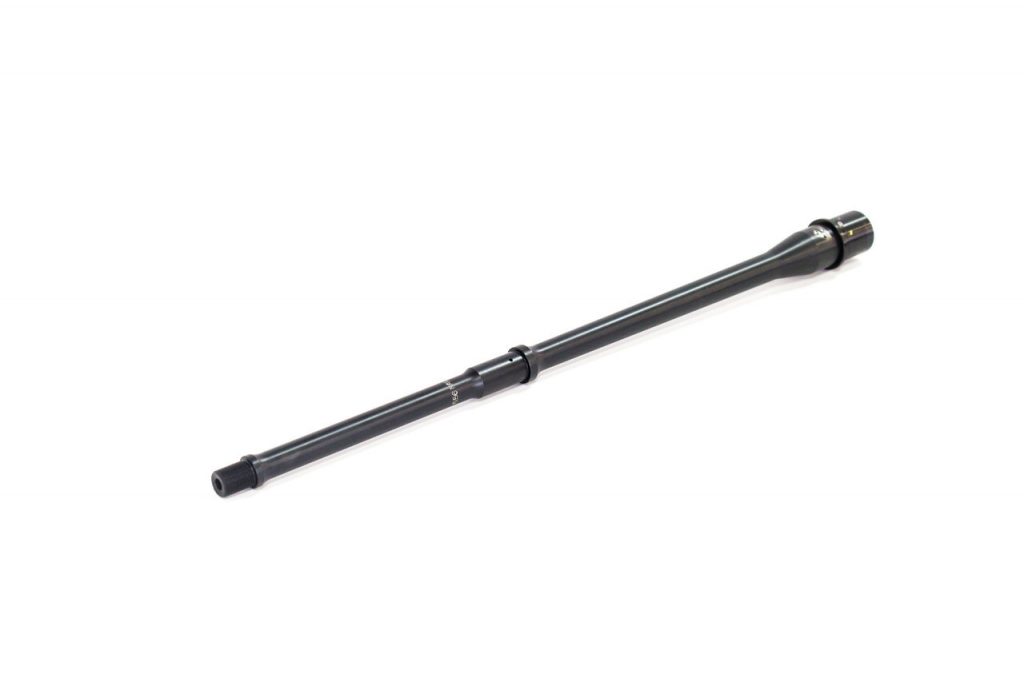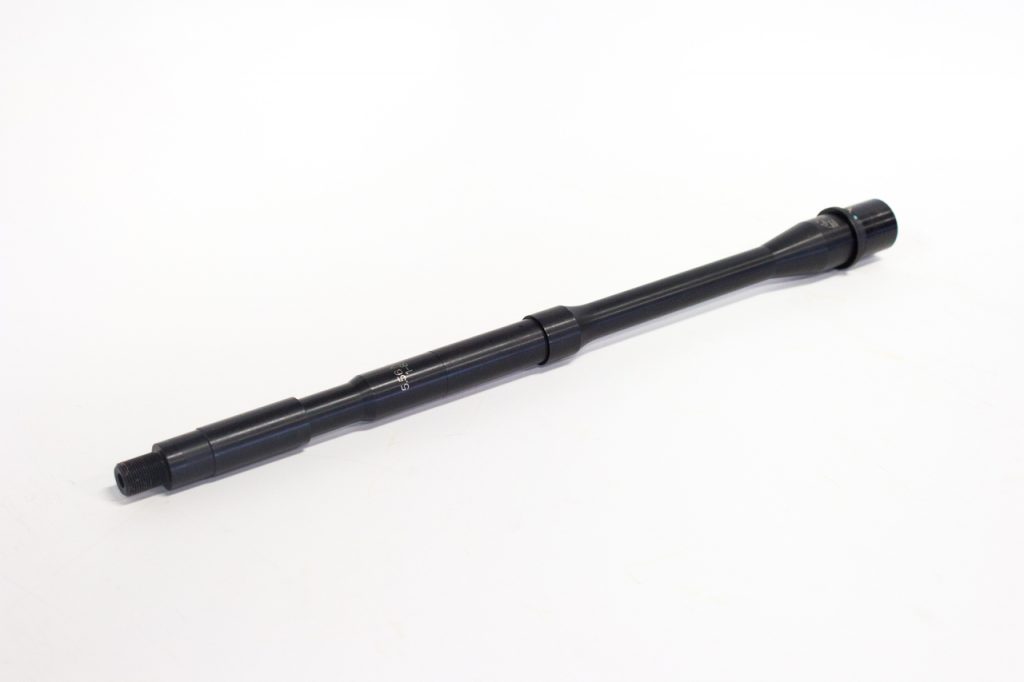window.dataLayer = window.dataLayer || [];
function gtag(){dataLayer.push(arguments);}
gtag(‘js’, new Date());
gtag(‘config’, ‘UA-115029161-1’);
One of the YouTube channels I enjoy watching is from a guy who calls himself Garand Thumb. Despite his resemblance to Travis Haley, he is not his son. Mike Jones (his actual name) is, however, an active duty USAF SERE Specialist. His videos have a lot of equipment testing reviews.
One of his most recent videos examines an old school M16A1 versus a more modern AR-15 SBR with all the bells and whistles. As I’ve accumulated most of the parts to build my own retro M16A1 – though, of course, semi-auto – I was very interested in his impressions. He ran a variety of shooting drills with both rifles. With the exception of having to move around a barrier, they were very comparable. One thing he noted was how well balanced the M16A1 was in comparison to his SBR and to an actual M4 carbine.



